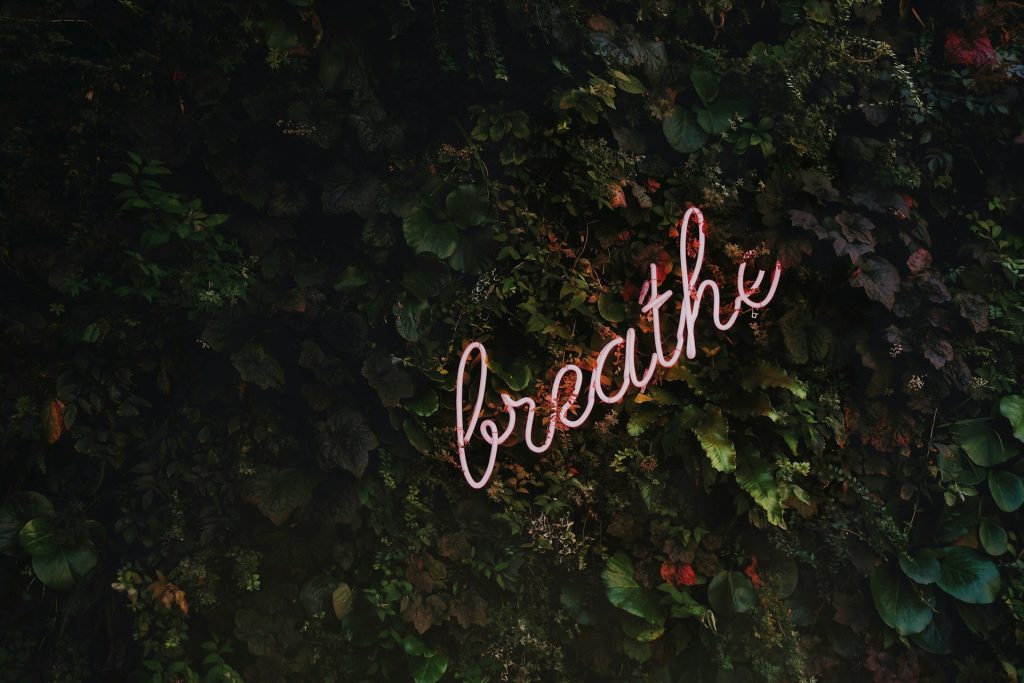Let’s be real—stressful work weeks are inevitable. Whether you’re juggling deadlines, meetings, emails, or client calls, it’s easy to feel like you’re losing yourself in the chaos.
I’ve had my fair share of overwhelming days, especially while managing multiple roles and projects. At times, I felt like I was barely keeping my head above water. But over the years, I’ve learned that it’s not the workload itself that burns us out—it’s the absence of grounding practices that help us stay connected to ourselves.
So today, I want to share with you the top 3 tools that keep me grounded during stressful work weeks. These tools aren’t complicated. In fact, they’re so simple that you might overlook them. But trust me—they’ve helped me cultivate inner calm even on the busiest days.
Let’s dive in.
1. Morning Journaling: Creating Space for Clarity
There’s something incredibly therapeutic about starting your day with pen and paper.
Before checking my phone, emails, or even sipping my tea, I open my journal. It’s a simple, unfiltered space where I can release everything clouding my mind—fears, to-dos, random dreams, and sometimes, even a single sentence like “I feel overwhelmed.”
What began as a 5-minute scribble has now become one of my most cherished rituals. Here’s why journaling works:
It Declutters the Mind
We carry so many thoughts in our heads. Journaling helps get them out—clearing mental space so you can start the day with clarity and intention instead of anxiety.
It Helps Prioritize What Truly Matters
Often, I begin journaling with stress over ten different tasks. But by the time I finish writing, I realize that only three things truly need my attention today. The rest? They can wait.
It Sparks Self-Awareness and Creative Insight
When I write without judgment, my inner voice speaks louder. Ideas emerge. Patterns become visible. It’s like having a conversation with my wiser self.
My Practice:
Each morning, I use a simple format:
-
How I’m feeling
-
What I’m grateful for
-
What I want to focus on today
-
One affirmation
It’s not about being poetic or perfect. It’s about being honest. And in that honesty, I find grounding.
Try This Prompt:
“Right now, I feel… because…”
“What I need most today is…”
“I will support myself today by…”

2. 10-Minute Breathwork: Resetting in the Middle of Chaos
When the stress hits hard—like back-to-back meetings, endless notifications, or a sudden change in plans—I turn to my breath.
You might think, “That sounds too simple.” But it’s exactly the simplicity that makes breathwork powerful.
I used to push through my stress, telling myself to “just keep going.” But the truth is, the more I ignored my tension, the more unproductive and reactive I became.
Now, instead of muscling through, I pause. I breathe.
Why Breathwork Works
-
It activates your parasympathetic nervous system. This means your body switches from fight-or-flight mode into rest-and-digest mode.
-
It clears mental fog. After just a few minutes, I feel sharper and more focused.
-
It’s portable. You can do it anywhere—at your desk, in the restroom, during your commute.
My Go-To Practice: Box Breathing
This technique is so simple you can memorize it instantly:
-
Inhale for 4 counts
-
Hold for 4 counts
-
Exhale for 4 counts
-
Hold for 4 counts
-
Repeat for 4–5 rounds.
When I’m really anxious, I close my eyes and imagine drawing a square in my mind with each count. Visualizing the shape helps anchor my awareness even more.
Try This:
Set a timer for 10 minutes during your lunch break or between meetings. Sit comfortably. Use a breathwork app like Insight Timer, or simply breathe in rhythm and stay present.
Bonus tip? Combine it with aromatherapy. A drop of lavender or peppermint oil can enhance the calming effect.

3. Intentional Movement: Shifting Energy With Purpose
Sometimes, stress doesn’t live in our heads—it lives in our bodies.
Have you ever noticed how your shoulders tense up during work? Or how you start clenching your jaw after hours at your desk?
That’s your body talking to you. And movement is how we respond.
I don’t mean hardcore gym sessions or hour-long yoga classes. During a stressful week, even a 15-minute walk outside can shift everything.
🧍♀️ Why Movement Matters
-
It releases stuck energy. Stress builds up as tension. Moving helps it move through.
-
It reconnects you with the present moment. Especially when you walk barefoot on grass or stretch slowly with deep breaths.
-
It boosts your mood. Endorphins from light exercise are a natural antidepressant.
My Grounding Routine: On tough days, I do one (or more) of the following:
-
A 20-minute yoga flow before bed (I love Adriene’s free videos on YouTube)
-
A walk around the block with no phone, just me and the trees
-
10 bodyweight squats and arm stretches between Zoom meetings
-
Dancing for one song in my living room—yes, really!
The goal isn’t performance. It’s reconnection.
Pro Tip:
Pick one movement cue and tie it to your routine. For example, after every email batch, stand and stretch. Over time, these micro-movements build a habit of care.

Bonus Tip: Create a “Stress Reset” Corner
This one isn’t a tool per se, but it’s a powerful enhancer.
I’ve created a small corner at home—a cozy chair, a candle, a few books, and a soft throw blanket. When my day gets overwhelming, I go there. No screens. Just quiet.
It’s my sacred pause zone. A physical reminder that I can always return to peace.
Even in a tiny apartment, you can carve out a space like this. It signals your nervous system that it’s safe to relax.
Putting It All Together: My Typical Stressful Work Day
Let me paint a picture.
📅 8:00 AM: I wake up, make green tea, and open my journal. Write down my intention and a mantra: “I move through this day with clarity and calm.”
💻 9:00 AM – 12:00 PM: Work through my high-priority tasks. Between calls, I do one round of breathwork.
🌳 12:30 PM: Quick lunch. Walk around the block for 15 minutes to reset.
📲 3:00 PM: I feel stress building. I pause, stretch, and do a 5-minute breath reset.
🧘 7:00 PM: After work, I do a short yoga session to move tension out of my body.
🕯️ 9:30 PM: Wind down in my cozy corner with a book, letting the day dissolve.
Not every day flows this smoothly. But these practices are the anchors I return to—again and again.
Grounding Isn’t a Luxury—It’s a Lifeline
In our fast-paced world, we’re often taught to “just power through.” But true strength lies in knowing when to pause, breathe, and reconnect.
Journaling, breathwork, and movement have saved me time and again from burnout. They’ve reminded me that I am not my to-do list. That I can hold space for both ambition and inner peace.
So if you’re going through a stressful work week, don’t wait for the weekend to feel better. Choose one tool. Try it today. Start small, stay consistent.
And remember—grounding is not about escaping the storm. It’s about learning to be still within it.

